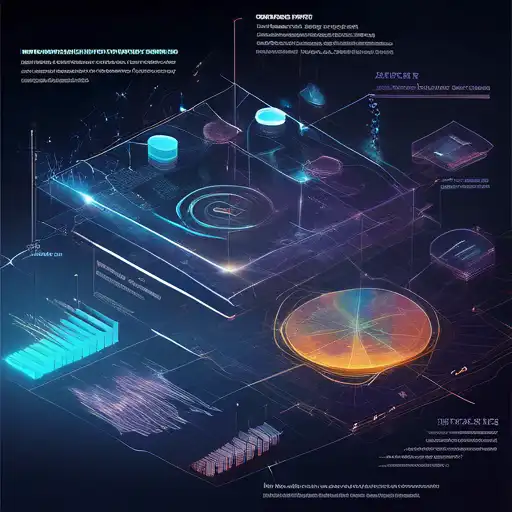Introduction to Data Visualization
In the era of big data, the ability to visualize complex datasets in an understandable and actionable manner is invaluable. Data visualization techniques transform raw data into visual contexts, such as charts, graphs, and maps, making it easier to identify patterns, trends, and outliers. This article explores the most effective data visualization techniques that can help businesses and individuals gain better insights from their data.
Why Data Visualization Matters
Data visualization is not just about making data look attractive; it's about making data accessible and comprehensible. By leveraging visual elements, stakeholders can grasp difficult concepts or identify new patterns quickly. This is crucial in decision-making processes where time and clarity are of the essence.
Key Data Visualization Techniques
There are several data visualization techniques that can be employed depending on the nature of the data and the insights sought. Below are some of the most effective ones:
- Bar Charts: Ideal for comparing quantities across different categories.
- Line Graphs: Best for visualizing data trends over time.
- Pie Charts: Useful for showing proportions within a whole.
- Scatter Plots: Excellent for identifying correlations between two variables.
- Heat Maps: Great for visualizing complex data like user behavior on websites.
Advanced Techniques for Deeper Insights
For those looking to dive deeper, advanced techniques such as interactive dashboards, geospatial mapping, and multidimensional scaling can provide even more nuanced insights. These methods allow users to explore data in real-time, offering a dynamic way to understand complex datasets.
Choosing the Right Tool
Selecting the right data visualization tool is as important as the technique itself. Tools like Tableau, Power BI, and Python's Matplotlib offer a range of functionalities from basic charts to advanced analytics. The choice depends on the user's skill level and the complexity of the data.
Best Practices in Data Visualization
To maximize the effectiveness of data visualization, it's important to adhere to best practices such as keeping designs simple, using the right chart types, and ensuring accuracy in data representation. Avoiding clutter and focusing on the key message are also crucial for effective communication.
Conclusion
Data visualization is a powerful tool for uncovering insights that might otherwise remain hidden in raw data. By employing the right techniques and tools, businesses can enhance their decision-making processes, identify trends, and communicate findings more effectively. Whether you're a beginner or an expert, mastering data visualization techniques is essential in today's data-driven world.
